Did you know that beans, peas, and lentils are considered a vegetable and are part of the legume family? These humble legumes may seem small, but their nutritional impact is immense. With a wide variety of types, countless bean dishes, and numerous health benefits, beans vegetable has become an essential component of a balanced diet.
Key Takeaways:
- Beans, peas, and lentils are a subgroup of legumes and are considered a vegetable.
- There are various types of beans, each with its own unique flavor and nutritional profile.
- Beans are rich in fiber, folate, potassium, iron, and zinc, making them a nutrient-dense food.
- Beans can be cooked in a variety of ways and are used in delicious recipes from around the world.
- Incorporating beans vegetable into your diet can provide numerous health benefits, such as managing body weight, reducing the risk of heart disease and colorectal cancer, and stabilizing blood sugar levels.
What are Beans, Peas, and Lentils?
Beans, peas, and lentils are legumes and belong to the vegetable subgroup of MyPlate. The term “pulse” refers to the edible seeds found in pods, such as beans, peas, and lentils. They are rich in fiber, folate, potassium, and plant protein. [1]
Legumes provide essential nutrition for a healthy diet, combining the benefits of both vegetables and protein foods. They are a versatile and sustainable source of nutrients, making them a popular choice for vegetarians, vegans, and individuals looking to incorporate more plant-based foods into their diet. Legumes come in various types, each with its unique characteristics and nutritional profile. [2]
Some common types of beans include:
- Kidney beans
- Pinto beans
- Black beans
- White beans
These beans vary in color, taste, and texture, providing a wide range of options for culinary exploration. Lentils and peas also have their distinctive qualities, with lentils often used in stews and soups, while peas are enjoyed as a side dish or included in various recipes. [3]
In addition to their versatility in the kitchen, legumes offer numerous health benefits. Their high fiber content aids digestion and promotes feelings of fullness, making them a great option for weight management. Legumes are also packed with essential nutrients, such as folate, potassium, and iron, making them an excellent choice for overall health and well-being. [4]
“Beans, peas, and lentils are not only delicious but also provide a sustainable source of nutrients. With their rich nutritional profile, they play a crucial role in promoting a healthy lifestyle.” – Nutrition Expert
Adding legumes to your diet is a convenient way to boost your vegetable intake while also increasing your protein consumption, particularly for those who follow plant-based diets. Whether incorporated into salads, soups, stews, or main dishes, legumes offer a versatile and nutritious addition to any meal. Their combination of fiber, plant protein, and essential nutrients makes them a valuable component of a balanced diet. [5]
With their wide variety of types, flavors, and textures, beans, peas, and lentils offer endless possibilities for creating delicious and satisfying meals that promote good health. Experiment with different recipes and explore the culinary world of legumes to experience the many benefits they have to offer. [6]
- United States Department of Agriculture. (2019). What are the health benefits of beans and legumes? Retrieved from https://www.nal.usda.gov
- Harvard T.H. Chan School of Public Health. (2020). Protein. Retrieved from https://www.hsph.harvard.edu
- United States Department of Agriculture. (2020). Beans, Peas, and Lentils. Retrieved from https://www.myplate.gov
- Mayo Clinic. (2020). Legumes: A superfood for heart health? Retrieved from https://www.mayoclinic.org
- Harvard T.H. Chan School of Public Health. (2020). Healthy Eating Plate. Retrieved from https://www.hsph.harvard.edu
- American Heart Association. (2020). Legumes and Heart Health. Retrieved from https://www.heart.org
How to Count Beans, Peas, and Lentils?
The way to count beans, peas, and lentils depends on your dietary needs and preferences. If you eat meat, poultry, and seafood, you can count them as vegetables. However, if you rely more on plant-based protein sources, you can count them as part of the protein foods group.
It is recommended to meet the recommended servings of protein first before counting beans, peas, and lentils as vegetables. The USDA MyPlate guidelines provide further information on determining the best way to count legumes in your diet.
| Count Beans as Vegetables | Count Beans as Protein | |
|---|---|---|
| Benefits | – Provide essential vitamins and minerals – Contribute to a balanced diet – Help meet vegetable intake goals |
– Offer a plant-based protein source – Suitable for vegetarian and vegan diets – Assist in meeting protein intake requirements |
| Guidelines | – Eat meat, poultry, and seafood as your primary protein sources – Count beans, peas, and lentils as part of your vegetable intake |
– Rely more on plant-based protein sources – Include beans, peas, and lentils as part of your protein foods group |
| USDA MyPlate | To determine the best way to count legumes in your diet, refer to the MyPlate plan and consult with a registered dietitian for personalized guidance. | To determine the best way to count legumes in your diet, refer to the MyPlate plan and consult with a registered dietitian for personalized guidance. |
Beans as a Subgroup of Vegetables
According to the USDA Dietary Guidelines, beans, dried peas, and lentils are classified as vegetables. However, whether they count towards your daily vegetable intake or protein intake depends on the amount consumed. In general, beans bridge the gap between the protein foods group and the vegetable group due to their nutritional composition. They are a great source of fiber, protein, minerals like iron and potassium, and vitamins. Consuming beans regularly can contribute to a balanced diet and provide numerous health benefits.
Beans vegetable, also known as legumes, offer a unique combination of qualities that make them a valuable addition to any diet. They belong to both the protein foods group and the vegetable group, highlighting their versatility and nutritional profile. Beans are packed with fiber, which aids in digestion and helps maintain bowel regularity. They also contain plant-based protein, making them an excellent choice for individuals following vegetarian or vegan diets.
“Beans are not only delicious but also incredibly nutritious. They are rich in important vitamins and minerals, and they provide a healthy dose of fiber and protein. Incorporating beans into your meals is a fantastic way to enhance both the taste and nutritional value of your dishes.”
Furthermore, beans are a good source of essential minerals like iron and potassium, which are important for maintaining overall health. Iron is crucial for carrying oxygen to cells and preventing anemia, while potassium plays a key role in maintaining normal blood pressure levels. Additionally, beans are naturally low in fat and cholesterol-free, making them a heart-healthy food choice.
When it comes to vegetable intake, beans can make a significant contribution. According to the Dietary Guidelines for Americans, individuals should aim to consume a variety of vegetables daily, with different colors and types for optimal nutrition. Beans, as a subgroup of vegetables, can be counted towards this goal, providing added variety and flavor to your meals.
Whether it’s a warm bowl of comforting chili, a refreshing bean salad, or a hearty lentil soup, there are countless ways to incorporate beans into your diet. Their versatility allows for endless culinary possibilities, ensuring that you never experience boredom with your meals. You can experiment with different bean varieties, cooking methods, and seasonings to create dishes that suit your taste preferences.
A Nutritional Powerhouse
Beans are often referred to as a nutritional powerhouse due to their impressive nutrient profile. They are high in fiber, which aids in digestion and promotes feelings of fullness, making them a great choice for weight management. Beans are also rich in folate, a B-vitamin that supports cell growth and development, and they provide a good amount of magnesium, a mineral essential for bone health and muscle function.
When it comes to protein, beans vegetable deliver a substantial amount compared to other plant-based foods. This makes them an excellent choice for individuals looking to increase their protein intake, especially if they follow a vegetarian or vegan diet. Incorporating beans into your meals can help meet your protein requirements and support muscle growth and repair.
| Bean Variety | Nutritional Benefits |
|---|---|
| Kidney Beans | Rich in antioxidants and high in fiber, promoting digestive health |
| Pinto Beans | Excellent source of folate and magnesium, supporting heart health |
| Black Beans | High in folate and a good source of iron, benefiting energy production and oxygen transport in the body |
| Lima Beans | Provide a good amount of plant-based protein and dietary fiber, supporting satiety and digestive health |
| Soybeans | Contain all essential amino acids and are a rich source of plant-based protein |
Incorporating beans vegetable into your diet is a simple and effective way to boost your vegetable intake, increase your fiber and protein intake, and reap their numerous health benefits. Whether you enjoy them in soups, salads, or as a main dish, beans can add a flavorful and nutritious element to your meals. So why not start exploring the wide range of bean recipes available and unlock the potential of beans in your culinary adventures?
Types of Legumes and Their Nutritional Benefits
Legumes are a diverse group of plants that include a variety of types, each offering unique nutritional benefits. Incorporating different types of legumes into your diet can provide a wide range of nutrients and support overall health.
Beans
Beans, such as kidney beans, pinto beans, white beans, black beans, lima beans, fava beans, and soybeans, are high in fiber, protein, folate, iron, and potassium. These nutritional powerhouses can help support digestive health, promote muscle growth, and contribute to heart health.
Lentils
Lentils are an excellent source of dietary fiber, non-heme iron, protein, and heart-healthy folate. They come in various colors, including green, red, and black, and are known for their versatility in recipes. Adding lentils to your meals can provide essential nutrients, aid in digestion, and support cardiovascular health.
Chickpeas
Chickpeas, also known as garbanzo beans, are rich in fiber, protein, and antioxidant nutrients like vitamin C and vitamin E. These legumes offer anti-inflammatory properties and can help regulate blood sugar levels. Including chickpeas in your diet may support weight management and boost overall immunity.
| Legume Type | Nutritional Benefits |
|---|---|
| Beans | High in fiber, protein, folate, iron, and potassium |
| Lentils | Excellent source of dietary fiber, non-heme iron, protein, and heart-healthy folate |
| Chickpeas | Rich in fiber, protein, and antioxidant nutrients like vitamin C and vitamin E |
By incorporating a variety of legumes like beans, lentils, and chickpeas into your meals, you can enjoy the nutritional benefits they offer while adding delicious flavors and textures to your dishes.
Health Benefits of Legumes
Legumes offer numerous health benefits. Incorporating legumes into your diet can support overall well-being and help prevent various chronic diseases.
Heart Health
Eating legumes regularly can have a positive impact on heart health. Legumes are rich in soluble fiber, which helps reduce cholesterol levels and lower the risk of heart disease. They also contain potassium, a mineral that promotes healthy blood pressure levels. By including legumes in your diet, you can support a healthy heart.
Diabetes Management
Legumes have a low glycemic index, meaning they cause a gradual rise in blood sugar levels. This makes them an excellent choice for individuals with diabetes or those at risk of developing the condition. By incorporating legumes into their meals, they can help maintain stable blood sugar levels and manage their condition effectively.
Reduced Risk of Chronic Diseases
Regular consumption of legumes is associated with a decreased risk of chronic diseases, including certain types of cancer. The fiber and antioxidants found in legumes can help reduce inflammation, support a healthy immune system, and protect against cellular damage. By incorporating legumes into your diet, you can provide your body with essential nutrients that promote long-term health.
Including legumes in popular diets like the Mediterranean diet further emphasizes their health benefits.
To summarize, legumes offer a wide range of health benefits, including supporting heart health, managing diabetes, and reducing the risk of chronic diseases. By incorporating legumes into your diet, you can enjoy these benefits while adding variety and flavor to your meals.
Beans, Peas, and Lentils in Recipes
Beans, peas, and lentils offer endless possibilities when it comes to cooking. These versatile ingredients can be incorporated into a wide range of dishes, adding flavor, texture, and nutritional benefits. Whether you’re making a salad, soup, stew, curry, or even a dessert, beans, peas, and lentils are the perfect addition to elevate your meals.
One of the most popular ways to enjoy beans is in a comforting bowl of chili. Packed with protein and fiber, chili is not only delicious but also a wholesome meal. You can use a variety of beans like kidney beans, black beans, or pinto beans to create a flavorful and satisfying chili recipe.
“Beans, peas, and lentils are versatile ingredients that can be used in a wide range of recipes.”
If you’re looking for a delicious spread or dip, hummus made from chickpeas is a fantastic choice. Enjoy it with pita bread, veggies, or as a flavorful sandwich spread. You can experiment with different flavors like roasted garlic, sun-dried tomato, or spicy red pepper to customize your hummus recipe.
For a plant-based burger alternative, bean burgers are a popular option. Made with mashed beans and various seasonings, these burgers are not only tasty but also packed with protein. Top them with your favorite toppings and serve them on a bun for a satisfying vegetarian meal.
Bean salads are another great way to incorporate beans into your diet. Mix different types of beans with fresh vegetables, herbs, and a tangy dressing for a refreshing and nutritious salad. You can enjoy it as a side dish or make it a complete meal by adding grilled chicken or tofu.
Lentils, on the other hand, are often used in Indian-inspired dishes like dal. Dal is a comforting and hearty lentil soup cooked with aromatic spices and served with rice or bread. It’s a staple dish in many Indian households and is packed with protein, fiber, and essential nutrients.
“With their rich flavor and nutritional benefits, beans, peas, and lentils are a fantastic addition to any meal.”
Another way to use lentils is by adding them to soups and casseroles. They add a hearty texture and a subtle nutty flavor to the dishes. Whether you’re making a lentil soup or a vegetable casserole, lentils provide a nutritious boost to your recipes.
With their rich flavors and nutritional benefits, beans, peas, and lentils are a fantastic addition to any meal. Get creative in the kitchen and explore the world of legume dishes with diverse recipes and flavors.
Popular Bean Dishes
| Dish | Description |
|---|---|
| Chili | A hearty and flavorful stew made with various types of beans, vegetables, and spices. |
| Hummus | A creamy spread or dip made from chickpeas, tahini, garlic, and lemon juice. |
| Bean Burgers | A plant-based burger alternative made with mashed beans and seasonings. |
| Bean Salads | A refreshing salad made with different beans, vegetables, herbs, and a tangy dressing. |
| Dal | An Indian lentil soup cooked with aromatic spices and served with rice or bread. |
Fresh Beans vs. Canned Beans
Fresh beans and canned beans both have their advantages. Fresh beans can be cooked to your preference and have a firmer texture. They may require soaking and longer cooking times.
On the other hand, canned beans are convenient and ready to use. They have a softer texture and are pre-cooked, saving you time in the kitchen.
While fresh beans may have a slightly higher nutritional value, canned beans still retain most of their nutrients. It’s a matter of personal preference and convenience when choosing between fresh and canned beans.
In terms of convenience, canned beans offer a hassle-free cooking experience. They are readily available in most grocery stores, allowing you to skip the preparation and soaking steps. With just a quick rinse, they are ready to be added to your favorite recipes.
On the other hand, fresh beans provide the opportunity to customize the cooking process. You have control over the seasoning, cooking time, and texture. Fresh beans can be a delightful addition to dishes like salads, stir-fries, and casseroles.
The nutritional value of fresh beans and canned beans is relatively similar. While fresh beans may contain slightly higher levels of certain nutrients, such as vitamin C, the difference is generally minimal. Canned beans retain most of their nutritional content during the canning process.
Ultimately, whether you choose fresh beans or canned beans depends on your personal preferences and time constraints. If convenience is a priority for you, canned beans can be a great option. However, if you enjoy the process of cooking from scratch and want more control over the texture and flavors, fresh beans are a fantastic choice.
Incorporating Beans Vegetable in a Balanced Diet
Beans vegetable can be a cornerstone of a balanced diet. They provide a good source of plant-based protein, fiber, and essential nutrients. Including a variety of legumes in your meals can offer a range of flavors and textures while providing the necessary nutrients. There are numerous delicious and nutritious bean recipes available that can help you incorporate beans into your diet. From salads to soups to main dishes, beans vegetable can be a versatile and superfood addition to your meals.
When it comes to maintaining a balanced diet, beans vegetable serve as an excellent choice. Not only do they add a substantial amount of plant-based protein to your plate, but they also contribute to the daily fiber intake, which aids in digestion and promotes a healthy gut. Beans provide an array of essential nutrients such as iron, folate, and potassium, which are vital for overall well-being.
Adding beans vegetable to your meals doesn’t mean compromising on taste or variety. There is an abundance of nourishing and flavorful bean recipes that you can explore and experiment with. Whether you prefer a hearty bean chili, a refreshing bean salad, or a comforting bean soup, the options are endless. Get creative in the kitchen and discover the versatility of beans vegetable through these nutritious recipes.
One of the key advantages of incorporating beans vegetable in your diet is their status as a superfood. Their high nutrient density and low-calorie content make them an excellent choice for weight management and overall health. Additionally, beans vegetable provide sustainable energy, keeping you satiated for longer and helping you avoid unhealthy snacking between meals.
Including beans vegetable in your diet also supports sustainable eating practices. By opting for plant-based protein sources, you contribute to the reduction of carbon footprints and promote a more environmentally friendly food system. Embracing beans vegetable as part of a balanced diet not only benefits your health but also has positive impacts on the planet.
Incorporating Beans Vegetable: A Nutrient-Rich Approach
When planning your meals, try to include beans vegetable in various forms throughout the week. Here are some tips for incorporating beans into your diet:
- Swap meat with beans in dishes like tacos, stir-fries, and casseroles for a plant-based protein alternative.
- Add cooked beans to your favorite salads for an extra boost of fiber and protein.
- Prepare bean-based soups and stews to enjoy a comforting, nutrient-packed meal.
- Make homemade bean burgers or falafels using chickpeas, black beans, or lentils for a healthy, vegetarian option.
- Experiment with international cuisines that heavily rely on beans, such as Mexican, Indian, and Middle Eastern dishes.
By incorporating beans vegetable into your meals, you can create a well-rounded and nutritious diet. Remember to diversify your bean choices and explore different recipes to enjoy the full range of flavors and nutritional benefits that legumes offer.
Conclusion
In conclusion, beans vegetable, including beans, peas, and lentils, are a valuable addition to any diet. As a subgroup of vegetables, they provide a rich source of fiber, protein, minerals, and vitamins that are essential for maintaining a healthy lifestyle. These legumes offer numerous nutritional benefits that contribute to weight management, heart health, and reducing the risk of chronic diseases.
With their versatility and wide variety of flavors and textures, beans vegetable can be incorporated into a range of delicious recipes. From hearty soups and stews to flavorful salads and side dishes, there are endless possibilities for enjoying these nutritious ingredients. By exploring different bean recipes, you can savor the benefits of legumes in various culinary creations.
Whether you are looking to boost your protein intake, increase your fiber consumption, or simply add more variety to your meals, beans vegetable are a fantastic choice. Their nutritional profile makes them a superfood that supports overall well-being. So, why not start incorporating beans vegetable into your diet today and discover the delicious and nutritious world of legumes?
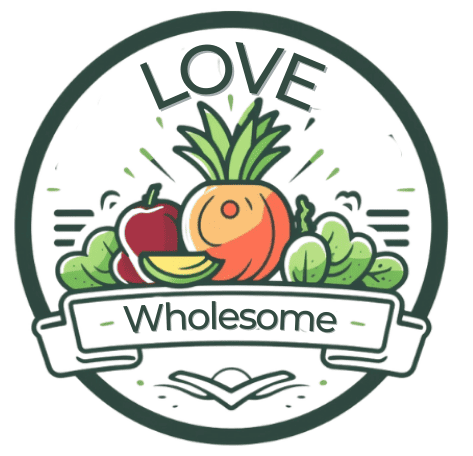
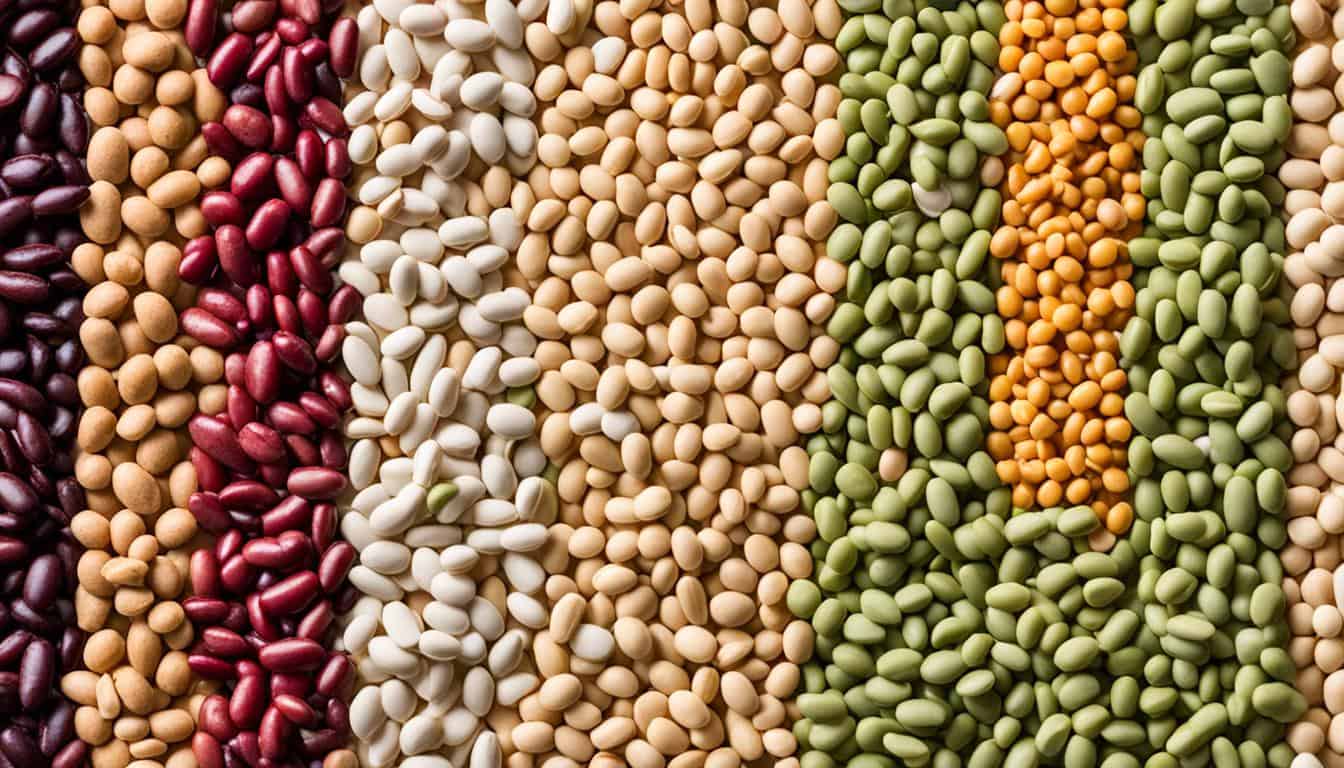
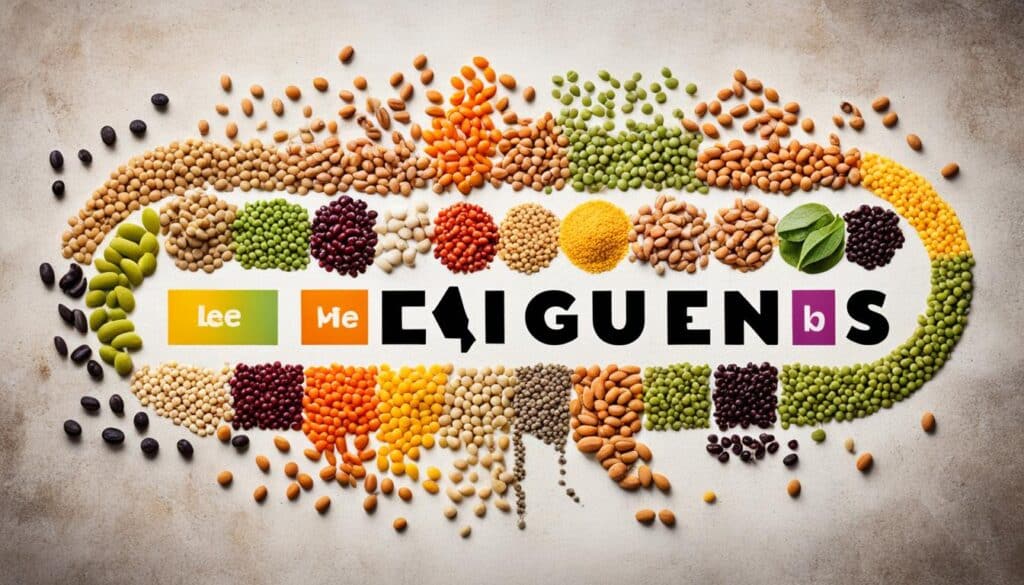
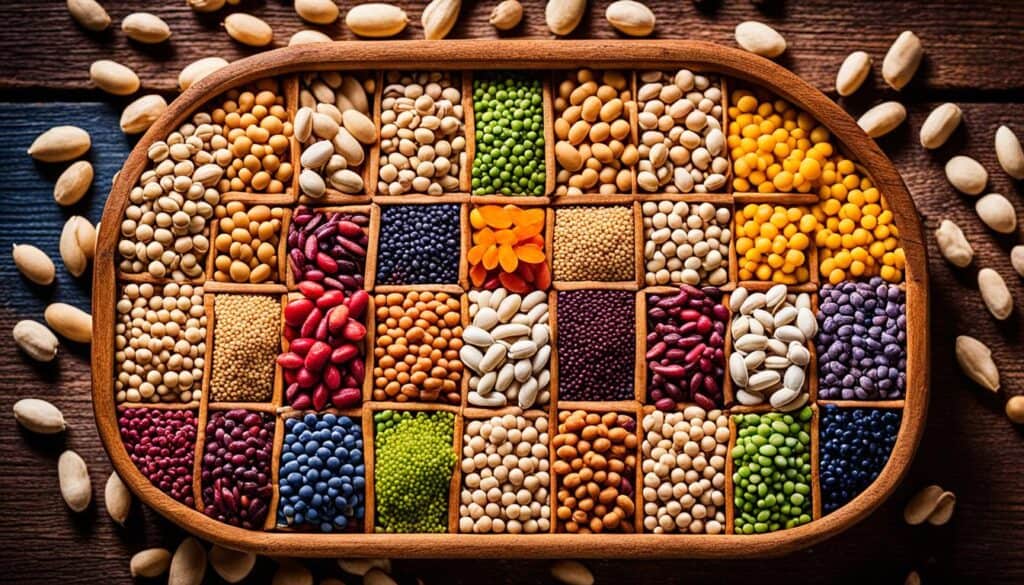
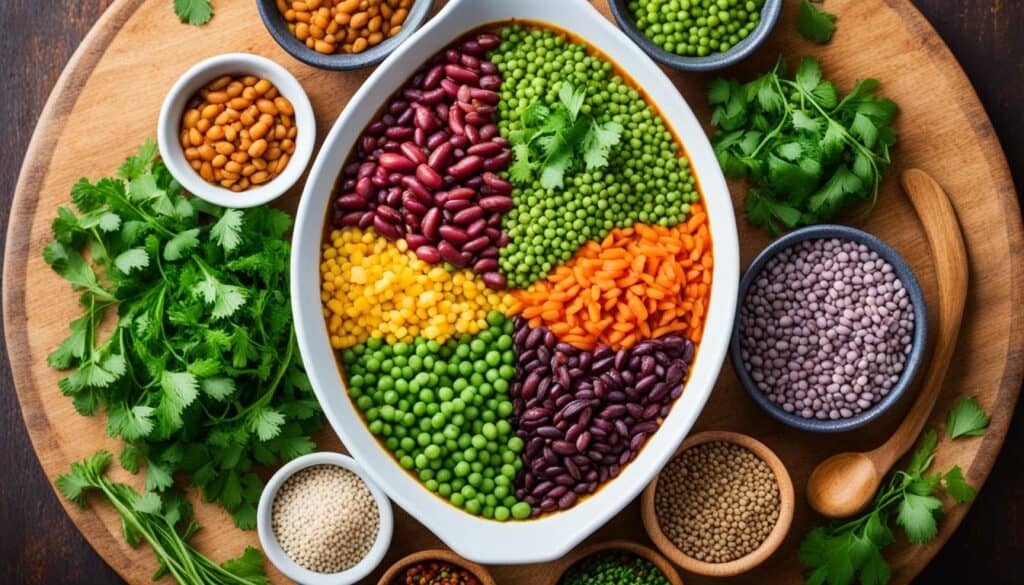
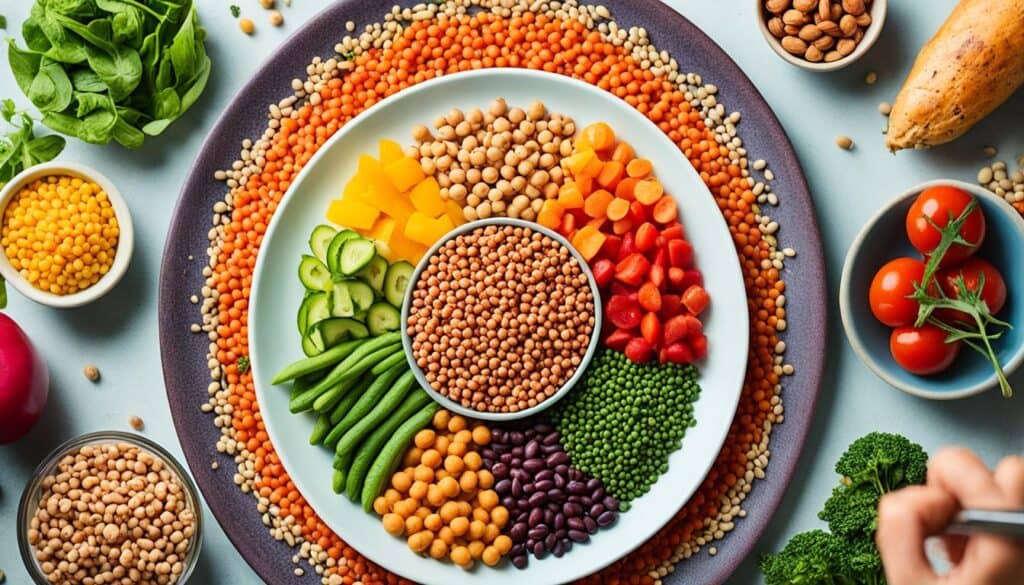

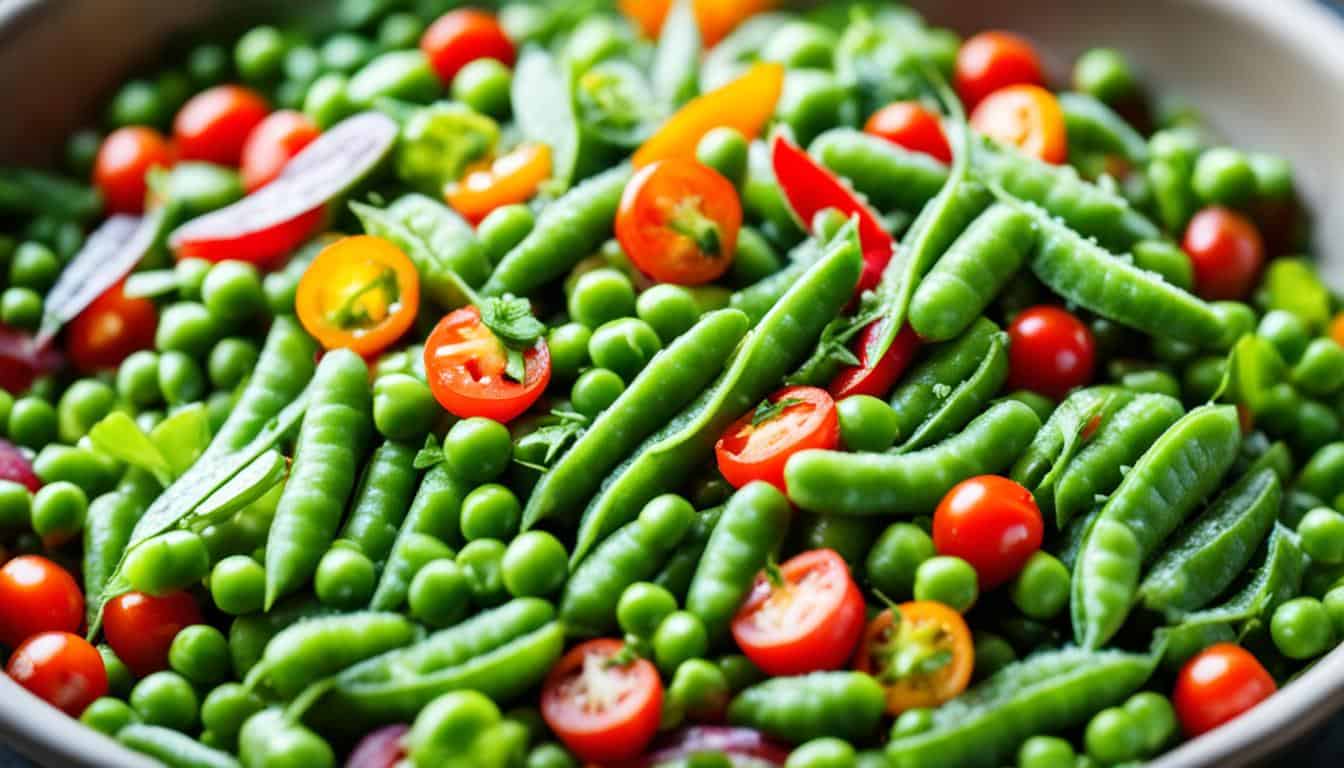
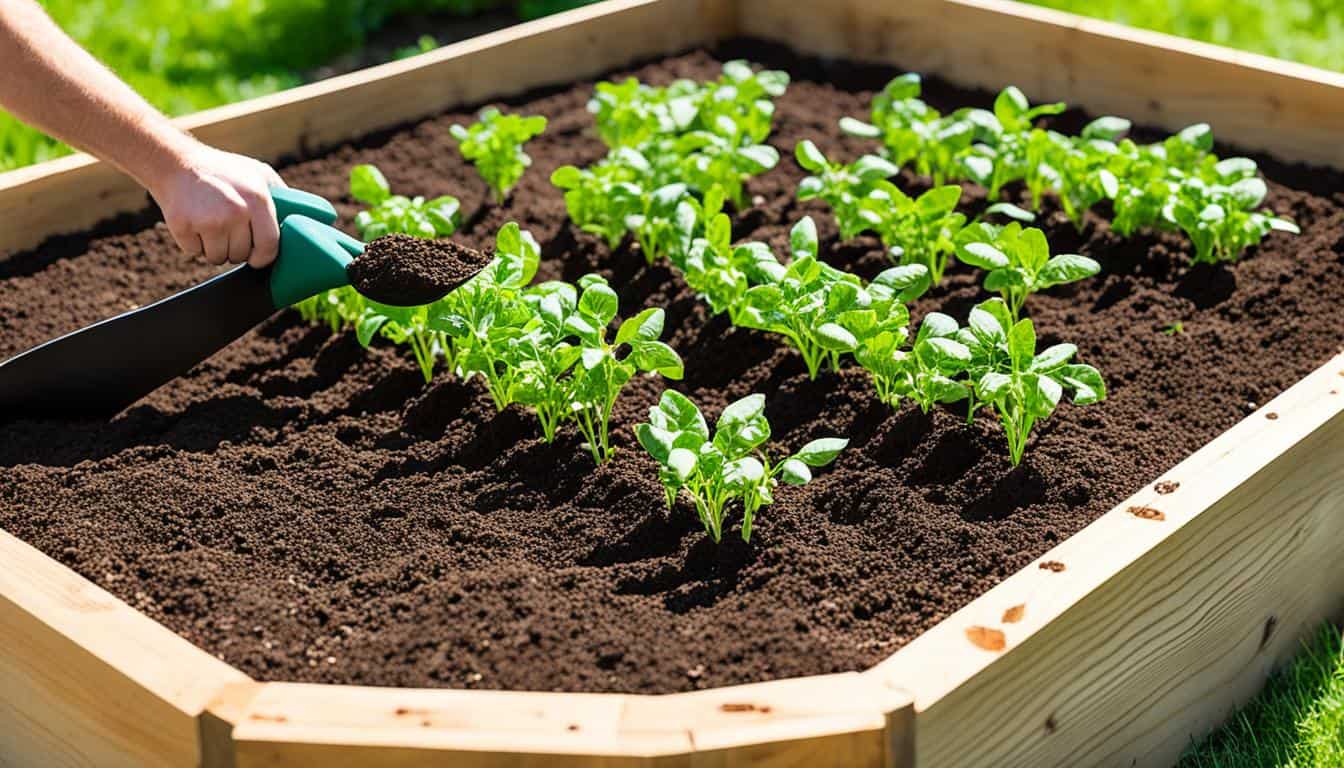
Leave a Reply